Summary | Excerpt | Reviews | Readalikes | Genres & Themes | Author Bio
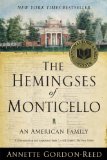
Critics' Opinion:
Readers' Opinion:
First Published:
Sep 2008, 800 pages
Paperback:
Sep 2009, 800 pages
Chapter 1: Young Elizabeth's World
Elizabeth Hemings began life when America was still a colonial possession.
She lived through the Revolution in the home of one of the men who helped make
it and died during the formative years of the American Republic, an unknown
person in the midst of pivotal events in national and world history. Hemings
lived at a time when chattel slavery existed in every American colony, but was
dramatically expanding and thriving in the Virginia that was her home. She was,
by law, an item of property—a nonwhite, female slave, whose life was bounded by
eighteenth-century attitudes about how such persons fit into society. Those
attitudes, years in the making by the time Hemings was born, fascinate because
they are at once utterly familiar and totally alien.
Most Americans today admit the existence of racism and sexism, even as we
often disagree about examples of them. When we encounter these practices while
studying the eighteenth century, we react knowingly. "These are the things," at
least some of us say, "that we're still working to overcome." We also know that
hierarchies, based on any number of factors, exist in every society, enriching
the lives of some and blighting the lives of others.
Yet, slavery is a different matter altogether. There are workers all over the
world who live desperate lives with little hope of advancement for themselves or
their children. There are women who are held in bondage and forced to work as
prostitutes or to clean others' homes and care for others' families while their
own families go unattended. None of these conditions approach the systematic
degradation and violence of American slavery sanctioned by state and church.
People were bought and sold against their will. They were defined in statutes as
chattel or real estate. With the law's protection they could be beaten to death
as part of legitimate "correction." They were denied legal marriage. Slave women
were unprotected against rape. Forcing a slave woman to have sex against her
will was considered a trespass against her owner. If her owner raped her, it was
no crime at all. What the violation meant to the woman was irrelevant. The law
prevented slaves from giving testimony in courts against white people. It was a
world where one could pick up the daily newspaper and see advertisements touting
"Negroes for sale" and descriptions of "runaway slaves" complete with stock
caricatures that made them instantly recognizable to all readers. These and all
the other depredations of the slave system present a world that seems far
removed from daily life in the United States in the twenty-first century. Though
we hear echoes of that world and understand that its effects are still present,
much about this time feels otherworldly.
Understanding the path of Elizabeth Hemings's life requires some
consideration of the contours of the community into which she was born, an
elastic place with boundaries that expanded, contracted, shifted, and evolved
over time. At the broadest level, Hemings was part of a large Atlantic world,
comprising Europeans and Africans on both sides of that ocean whose lives were
shaped by the demands of slavery. While the characteristics of that world must
inform our view, a thorough investigation of all parts of it is beyond the scope
of this book. Instead, we will draw the circle around Hemings more closely to
look at the world she would have known most intimately—the world of an enslaved
woman in eighteenth-century Virginia.
To say to an American that Elizabeth Hemings was "born a slave" is to call
forth a particular image of who she was, how she lived her life, and even how
she spoke and carried herself. That is because slavery lives in the minds of
most Americans as a series of iconic images: a slave ship packed tight with
human cargo, a whip, the auction block, slaves speaking one universal and
timeless dialect, black figures toiling in cotton fields. That last image—the
cotton field—has most strongly influenced our view, freezing the institution in
its antebellum period when cotton was "king" and when slavery had, in the view
of one influential historian, been thoroughly domesticated. By the time "King
Cotton" arrived in the nineteenth century, enslaved Virginians of African
origin, and those of English extraction whose ancestors introduced slavery into
the Old Dominion, had long since become Americans, and the institution that
defined their existence together had adapted itself, it seemed, for the long
haul.
Excerpted from The Hemingses of Monticello © Copyright 2008 by Annette Gordon-Reed. Reprinted with permission by W. W. Norton. All rights reserved.
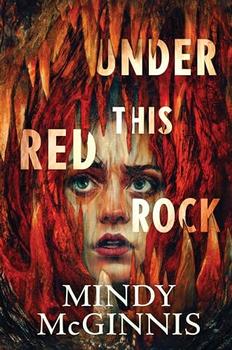

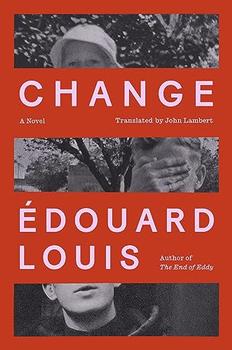
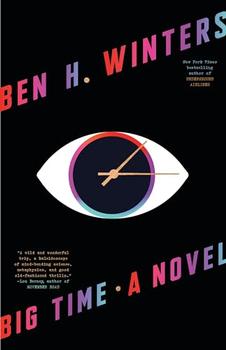
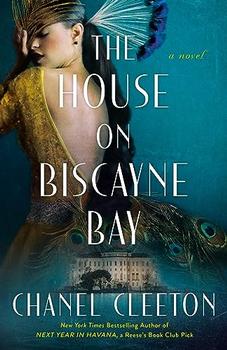
The House on Biscayne Bay
by Chanel Cleeton
As death stalks a gothic mansion in Miami, the lives of two women intertwine as the past and present collide.
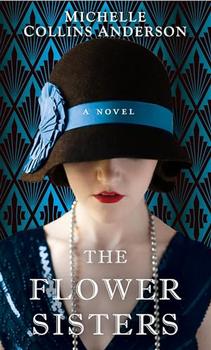
The Flower Sisters
by Michelle Collins Anderson
From the new Fannie Flagg of the Ozarks, a richly-woven story of family, forgiveness, and reinvention.

The Funeral Cryer by Wenyan Lu
Debut novelist Wenyan Lu brings us this witty yet profound story about one woman's midlife reawakening in contemporary rural China.
Your guide toexceptional books
BookBrowse seeks out and recommends the best in contemporary fiction and nonfiction—books that not only engage and entertain but also deepen our understanding of ourselves and the world around us.